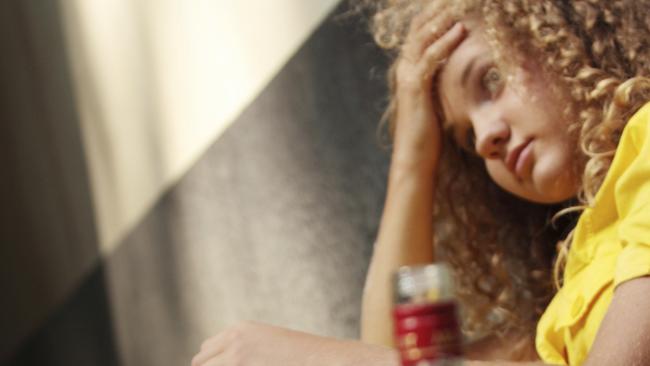Worried kids no happier, but less inclined to booze than parents
Drinking is on the decline among teens but alcohol-related harm is not. New research has pinpointed who’s still boozing underage and why.
Bendigo
Don't miss out on the headlines from Bendigo. Followed categories will be added to My News.
Rich kids from Brighton, Hampton and Sandringham are seven times more likely to drink underage than their peers from poorer areas, eye opening new research has revealed.
Bayside City Council is home to the some of the most affluent families in Victoria where children are far more likely to drink heavily, though still less than their parents did before them.
The findings have come from research from La Trobe University that was recently published in the Australian and New Zealand Journal of Public Health.
Teens from Boroondara, taking in the leafy suburbs of Kew, Hawthorn and Ashburton take second place, followed by Stonnington suburbs including Glen Iris, Toorak and Armadale.

Yet young adults in Greater Bendigo and other regional parts of the state were drinking more heavily than their peers from metropolitan suburbs, the research showed.
Dr Pennay said it was unsurprising.
“We do know that people from country areas historically have tended to drink more alcohol, so those figures are not really a shock to us,” she said.
The data showed that 18 - 24 year-olds living in regional or remote areas were 1.5 times more likely to drink greater quantities of alcohol than those in metropolitan areas
Co-lead author Dr Amy Pennay from the Centre for Alcohol Policy Research at La Trobe University, analysed national population data from the National Drug Strategy Household Survey captured in 2019.
She said today’s kids were no happier, but were drinking far less than the teens of 20 years ago.
In 2019 young people aged 14 -17 years old consumed an average of 91 drinks per year, with heavy drinkers skewing the figures slightly.
“The average is that high because some drinkers are drinking heavily,” Dr Pennay said.
“What was really surprising was that 14 to 17 year-olds in the highest socio-economic group were seven times more likely to consume more alcohol over the course of a year than those in the lowest socio-economic group.
“We hadn’t been expecting that.”
The work by Dr Pennay and co-author Dr Sarah Callinan is part of a larger look at why alcohol-related harms in the community have not declined, even though levels of drinking had.
Dr Pennay said today’s teenagers were worried about the impacts of alcohol on their health, risk of addiction and even cancer.
“They are risk averse,” she said.
“They’re more worried about everything. With regards to alcohol there’s so much more scientific information available now than in previous generations.”
Dr Pennary said the rise of the internet as a tool for socialising had also impacted alcohol use.
“When Gen X and Baby Boomers were teenagers they had to leave the house to meet people,” she said.
“A lot of online flirting is going on online now and has replaced house parties and the need to visit a bar or a pub so people can stay home on Saturday night and still socialise and flirt and that’s what we’re seeing.”




